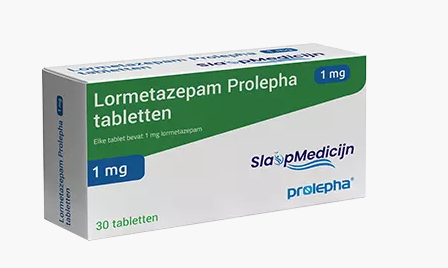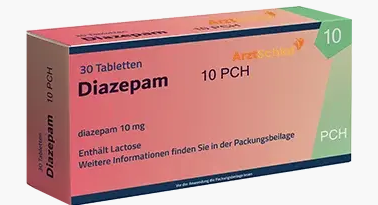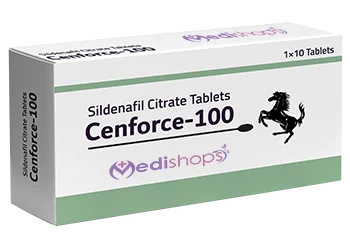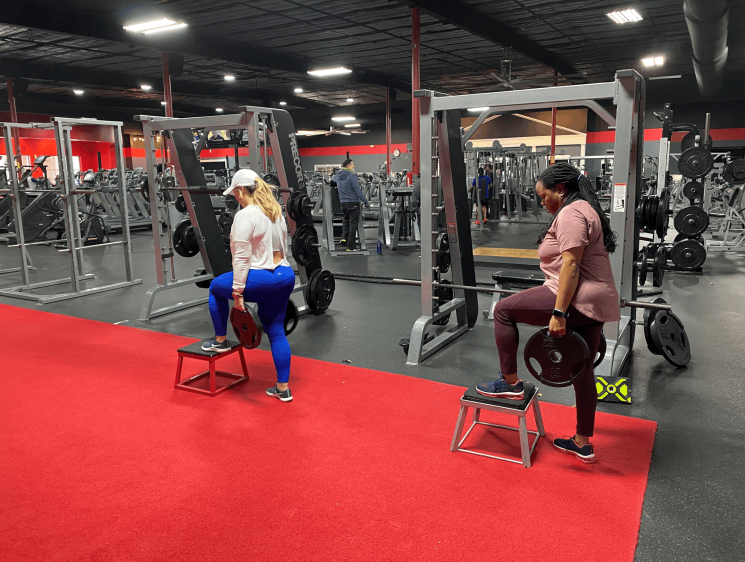
Chronic dry eyes can be more than just an annoyance. For many people, they lead to a constant burning sensation, blurry vision, eye fatigue, and a reduced quality of life. While over-the-counter eye drops and medications offer temporary relief, modern technology is now providing long-term solutions. One of the most promising approaches is laser treatment for dry eyes—a non-invasive method that targets the underlying causes instead of just managing the symptoms.
This article explores what laser therapy for dry eyes is, how it works, who it’s for, and whether it could be the right choice for your condition.
What Is Dry Eye Syndrome?
Dry eye syndrome, medically known as keratoconjunctivitis sicca, is a condition where the eyes don’t produce enough tears, or the tears evaporate too quickly. This leads to inflammation and damage to the surface of the eye. Common symptoms include:
- Redness and irritation
- A gritty or sandy feeling in the eyes
- Sensitivity to light
- Blurred vision
- Eye fatigue, especially after screen use
Dry eyes can be caused by aging, hormonal changes, certain medications, environmental factors, or underlying medical conditions like autoimmune diseases.
Traditional Treatments vs. Laser-Based Therapies
Before diving into laser treatment for dry eyes, it’s important to understand how traditional methods compare:
- Artificial tears and lubricating drops provide temporary relief.
- Prescription medications like cyclosporine (Restasis) or lifitegrast (Xiidra) reduce inflammation.
- Punctal plugs are tiny inserts placed into tear ducts to block drainage and retain moisture.
- Warm compresses and eyelid scrubs help with meibomian gland dysfunction.
These solutions manage symptoms but don’t always address the root causes, especially when meibomian gland dysfunction (MGD) is involved. That’s where laser therapies come in.
How Does Laser Treatment for Dry Eyes Work?
The most widely used laser-based procedure for dry eye relief is called Intense Pulsed Light (IPL) Therapy. Though originally developed for dermatology, IPL has shown remarkable success in improving tear film quality and restoring proper gland function in the eyes.
IPL for Dry Eyes: The Process
- The treatment involves applying short bursts of intense, broad-spectrum light to the skin around the eyes (especially the cheeks and lower eyelids).
- The light penetrates deep into the skin and targets the blood vessels that contribute to inflammation.
- It also helps unclog the meibomian glands—the oil-secreting glands responsible for maintaining tear stability.
- Over time, IPL improves oil secretion, reduces inflammation, and enhances tear film quality.
A typical course consists of 3–4 sessions, each spaced about 3–4 weeks apart. The procedure takes about 10–15 minutes and is generally well tolerated.
Benefits of Laser Treatment for Dry Eyes
Choosing laser treatment for dry eyes offers several advantages over conventional therapies:
- Non-invasive and painless: No needles or surgical incisions are involved.
- Targets root causes: Improves gland function and reduces chronic inflammation.
- Quick recovery: No downtime, and patients can resume activities the same day.
- Long-lasting results: Many patients report sustained relief for months after treatment.
- Can reduce reliance on eye drops: Some individuals no longer need daily artificial tears.
Who Is a Good Candidate for Laser Therapy?
Laser treatment is not for everyone, but it may be highly effective if you:
- Suffer from moderate to severe dry eyes
- Have not responded to conventional treatments
- Are diagnosed with meibomian gland dysfunction (MGD)
- Have ocular rosacea or visible inflammation around the eyelids
However, people with certain skin conditions, photosensitivity, or those taking specific medications may not be eligible. A qualified ophthalmologist or eye specialist will conduct a full assessment before recommending IPL therapy.
Risks and Side Effects
While laser therapy for dry eyes is generally safe, there are some potential side effects to be aware of:
- Mild redness or swelling around the treated area
- Temporary discomfort during treatment
- Increased light sensitivity for a short period
- Rarely, changes in skin pigmentation or irritation
Choosing an experienced provider minimizes these risks and ensures proper treatment settings for your skin type and eye condition.
What to Expect After the Procedure
Following your IPL session:
- You may feel a slight warmth or tightness in the skin
- Your doctor might recommend warm compresses or gland expression to complement the therapy
- You’ll typically notice improvement after 2–3 sessions, though some patients feel relief even after the first one
Regular follow-ups help monitor progress and determine if maintenance sessions are required.
Final Thoughts
If you’re tired of constantly applying drops or struggling with the burning and discomfort of dry eyes, laser treatment for dry eyes might be a life-changing solution. By targeting the actual cause—meibomian gland dysfunction and inflammation—laser therapy offers more than just temporary relief. It restores function, improves comfort, and helps preserve long-term eye health.
Always consult a board-certified ophthalmologist to determine if this treatment is right for your specific condition. With the right guidance and care, you can enjoy clear, comfortable vision once again—without the constant burden of dry eye symptoms.







